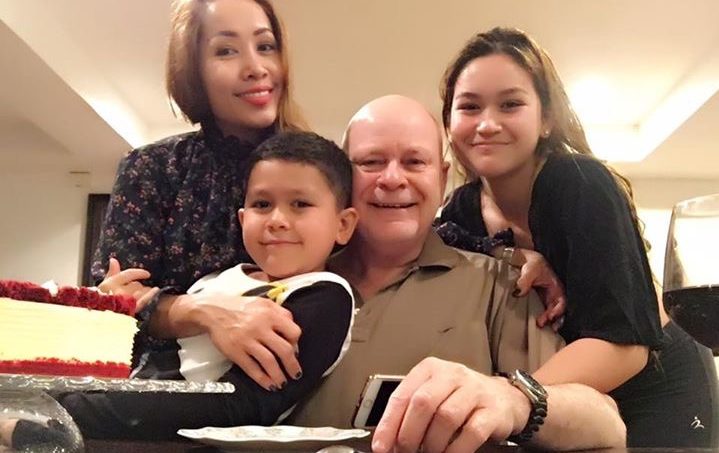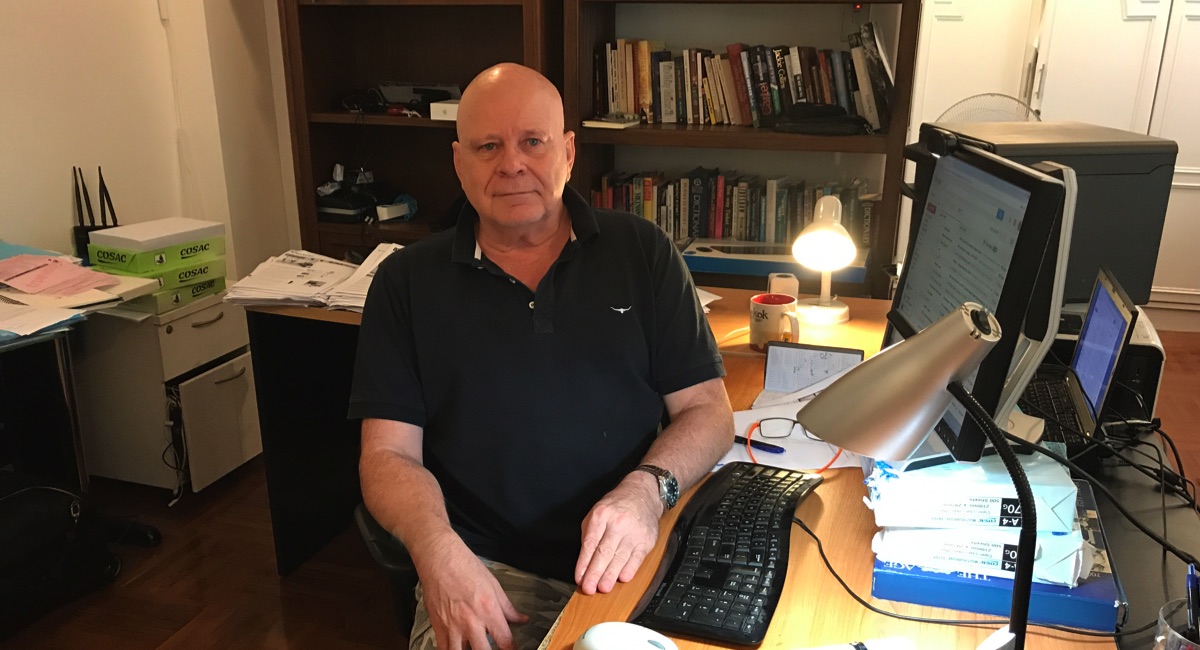There have been a lot of great journalists leaving the industry in the past couple of years. And they don’t get much better than Lindsay Murdoch, who this week departs Fairfax Media.
“I awoke this morning thinking what the hell have I done and what do I do now?” wrote Lindsay Murdoch this week.
“I am very humbled by the words of my great colleagues.”
A detailed tribute from Fairfax Media colleagues James Chessell and Michael Bachelard said:
“It is Lindsay Murdoch’s last week at The Sydney Morning Herald and The Age. This marks the end of one of the most enduring and successful careers in the history of Fairfax.
“Lindsay joined The Age on July 23 1973, the same year the federal voting age was lowered to 18, Whitlam abolished the White Australia policy and the Sydney Opera House was opened by Queen Elizabeth.
“He has been continuously employed for 16,290 days.”
“Spanning five momentous decades, Lindsay Murdoch’s exploits and storytelling as a journalist are legendary,” said Fairfax chief executive Greg Hywood. “Throughout it all, he gave his all.
“The Australian community must thank him for the profound insights he shared, particularly from Asia, a region it at times has struggled to understand.
“We at Fairfax certainly thank him for that.”

Lindsay Murdoch with his family in Bangkok
Murdoch’s first job at The Age was police rounds at the then Russell Street police headquarters, working the graveyard 7pm-3am shift. In a sign of things to come, he went on to become chief police reporter.
Murdoch later joined The Age’s Insight Investigations team where he – along with the late David Wilson and Bob Bottom – broke “The Age Tapes” story, which was one of the most controversial political sagas of the 1980s.
It wasn’t until 1989 that Murdoch’s life as a foreign correspondent began. He was appointed The Age’s Singapore-based Southeast Asia correspondent, where he earned a reputation for doing the hard stories, constantly focused on the angles, and not worrying much about the bureaucratic strictures of a newsroom.
Tom Hyland, a former Age foreign editor who first met Murdoch as a Jakarta-based AAP reporter, recalls travelling with him and foreign minister Gareth Evans on a trip to South Asia in 1990.
“A few days into the trip, Saddam Hussein invaded Kuwait,” he says. “Somewhere in Pakistan, Lindsay abandoned Evans (and me), worked out the flight schedules, got on a plane and hightailed it to Saudi Arabia. He told The Age foreign desk only once he arrived.”
During his many years as a correspondent, Murdoch was famous for his expense claims.
“He once claimed for ‘damage to a tank’ after he hired an armoured personnel carrier to get around Kabul, and the carrier was involved in a collision,” says Hyland.
“He hated being tied to a desk in the office. I remember he once hid under his desk at the old Age building in Spencer St when the then news editor Sean O’Connor came looking for him. Confined to the office, he was like a caged animal, edgy and pacing.”
After seven years in Singapore, Murdoch was sent to Canberra to be International Affairs correspondent, covering defence and foreign affairs, before being posted to Jakarta in late 1998, where he was on hand to report on the tumultuous events in Indonesia and East Timor.
Murdoch won two of his three Walkleys for his coverage of East Timor, a place he has visited at least 150 times on assignments.
“His performance in East Timor before and after the 1999 vote for independence was sustained, consistent and outstanding,” recalls Hyland. “Day after day he filed first-person pieces from the besieged UN compound, for page one, in the lead-up to international intervention.
“He wouldn’t admit it, but this took a toll.”
After five years in Jakarta, Lindsay was appointed Northern Territory correspondent and was in Darwin at the time of the Federal Government’s controversial indigenous intervention.
Murdoch spent eight years in the top end before being again appointed Southeast Asia correspondent, this time based in Bangkok, where he worked for seven years.
Murdoch won his third Walkley for breaking the “Baby Gammy” story in 2014, which prompted the Thai government to legislate to ban commercial surrogacy.
Anyone who has worked with Lindsay knows he is the complete journalist. He can break news or distil complex geopolitical issues into a engaging feature. His work rate has never slowed over the past 45 years. Indeed, he spent his last week immersed in a fantastic Cambodia-based investigation Fairfax Media will run soon.
Aside from being an excellent journalist, Murdoch has been a brilliant colleague. He will be missed by everyone who has had the pleasure to work with him or read his work.
Fairfax photojournalist Kate Geraghty said: “Lindsay Murdoch, here’s a man who tirelessly fights to right wrongs. His endless energy and passion to tell people’s stories is nothing short of inspiring. It has been an absolute privilege to join him on some of his adventures from bombings, tsunamis, drug wars to refugee camps. All I can say is, thank you, Lindsay.”
Read Peter Olszewski’s Mediaweek interview with Lindsay Murdoch here.
Listen to James Manning and Brendan Wood’s Mediaweek podcast with Lindsay Murdoch here.
